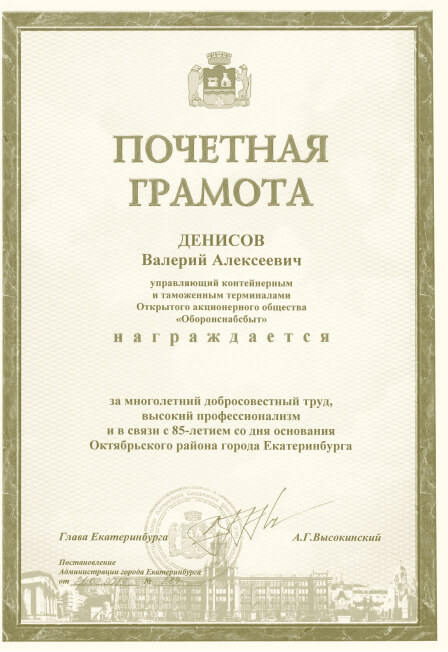Concept
N.I. Ovcharova
The Museum of the armored vehicles is the second exhibition in the series of projects implemented by the KMVI team for the state museum-reserve “Prokhorovskoe field” in Belgorod oblast. The main focus is obviously made on the history and details of creating the combat vehicles, that later would become the main participants in the largest tank battle in history: the battle of Kursk in 1943, not far from Prokhorovka. The idea of the exhibition is to recreate a complete picture, tracing the history of building fighting machines back to the Antiquity and the Middle Ages and up until the present day.
In addition to the exhibition halls, the museum complex houses restoration workshops, storage rooms and public spaces. There is a field on its territory, too, which was designed and built specifically for the use of armored vehicles in the course of museum events. The architectural and artistic solution of the exhibition form a large open exhibition space; the scale of the exhibit range and the saturation with industrial designs and details referring to the production process endow the museum with a characteristic rough technological aesthetics.
Among the artistic techniques and technical means that determine the peculiarity of the exhibition there are sophisticated layouts and models brought to life by animation and video mapping, multimedia information units, staged scenes, and interactive installations. Thematic sections of the museum do not have a clear architectural distinction among themselves, but they do follow the chronological principle of a consistent narrative. The architectural shapes are designed to interconnect various historical periods and thematic blocks. Graphic, sound, lighting, and navigation systems help to immerse yourself into the context of each section

Several installations placed in the center of the main hall serve as spatial dominants in the interior of the museum. Together they form a virtual production line being styled as various industrial elements of the production process. Exhibits reflecting the factory theme, wrapped along a turning metal axis, are located in showcases hung by vertical metal strings stretched between the chopped sections of the composition

The KMVI specialists created various unique models of armored vehicles and siege devices especially for the exhibition. From the ancient chariots and battering rams, to the Middle Ages machines, to 20th century tanks. The most curious exhibit of the first hall is the Leonardo da Vinci invention considered to be the main prototype of modern tanks. All the models are supplemented with automated animation content showing the basic operating principles and the use of military equipment. The miniature masterpieces collection of the museum also includes production and infrastructure layouts. One of them is the layout of the Uralmash armored vehicle plant of the 1940s, which demonstrates the entire process of building tanks, from the initial production cycles to assembling the finished vehicles. The composition is enlivened by workflow scenes illustrating the various stages of production
Artistic
and technical solutions

In addition to the exhibition and styling solutions developed by the company's architect, KMVI was also responsible for the interior solutions, including public areas. This way it was possible to apply the same stylistic and visual principles in all the zones of the museum, and also to ensure that all the exhibits are seamlessly integrated into the museum space.
The largest hall of the museum allows you to plunge into the atmosphere of production. You can not only see spatial compositions created as a synthesis of graphic, multimedia and exhibiting solutions, but also touch some rare industrial equipment donated to the museum by the Union of Machine Builders of Belgorod oblast

The museum is packed with interactive multimedia installations elaborating on technical and engineering topics. One of them is the T-34 tank "explosion diagram", which reveals the three-dimensional spare parts of the tank and has a complex scenario of interaction. The white model of the tank, placed in the exhibition space, is accompanied by an observation deck with a built-in information block that allows a visitor to get detailed information on all the components and operating principles through video mapping and a touch control panel
L. da Vinci "Cannon foundry" (1487)
